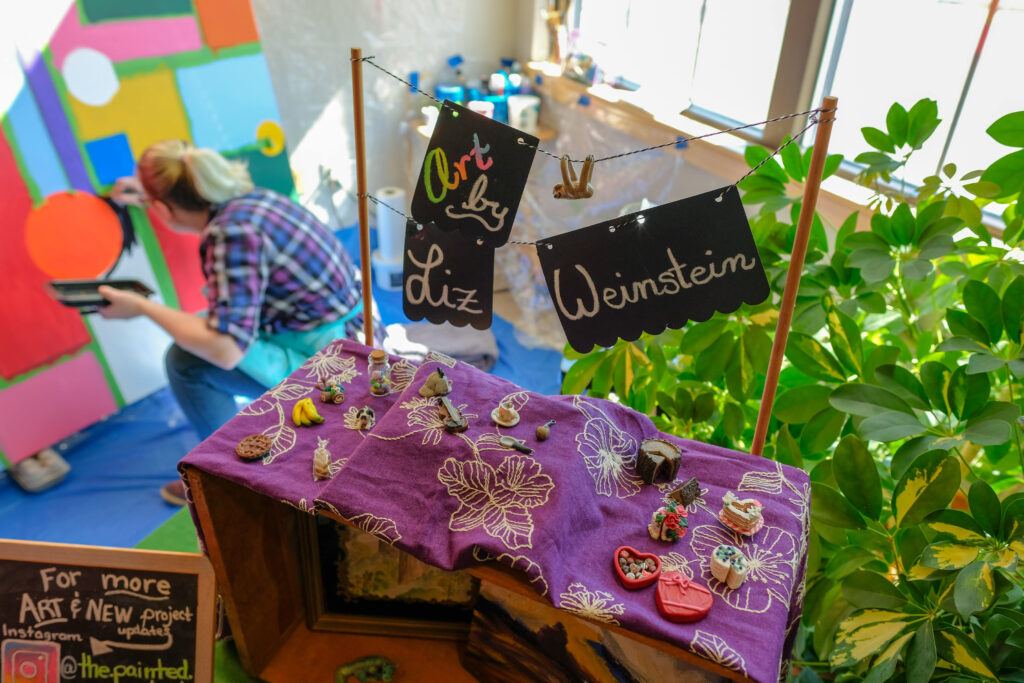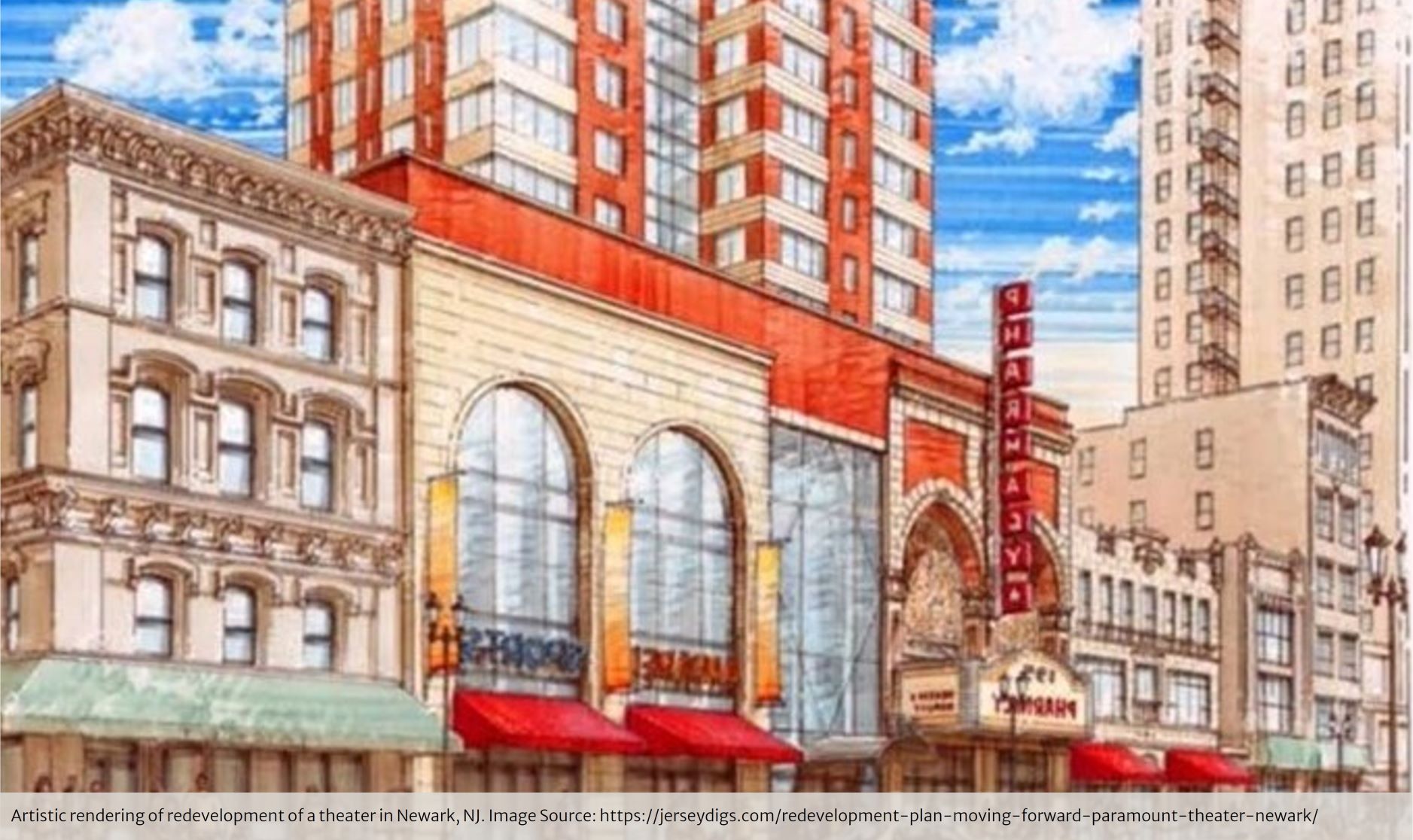Several years ago, the local media in a community started writing about pop-ups and the public observed a dearth of new businesses moving in. Unable to explain why this was the case, the city’s permitting process became the scapegoat. In actuality, the process was pretty short. For example, if no alterations were being made to the building, the pop-up retailer could file for their occupancy permit on Monday, the inspection was Friday, and they could be open on Saturday. Then, all the would-be entrepreneur had to do for this short-term experiment was:
- Plan for and manage the business
- Finding a suitable location, negotiate the lease, resolve conflict with the landlord
- File the necessary occupancy and sign permits
- Market the product, service, and location
Note: potential tenants also need to discover the type and size of permitted signs and where they can be located. For example, some municipalities restrict the usage of sandwich board signs for certain events or for a number of days. Furthermore, window clings may or may not require a sign permit depending on which side of the window they are installed. (True story!)
This short-term solution, however, wasn’t what the downtown community wanted or needed. On the other hand, it was the most that the municipality could offer unless the downtown community wanted to create a program themselves.
But, we’re getting ahead of ourselves. First, let’s take a step back and review the pop-up model.
Pop-up Model Basics
The Pop-Up model provides the opportunity for entrepreneurs to experiment with a product, concept, or space. Risk is limited due to the lease term length. Lease terms for a typical regional/national tenant, for instance, may be five years or more. The typical “mom and pop” tenant downtown may sign a lease for just one year. Pop-up lease terms, however, can range from 1 to 90 days. The length of a Pop-Up term depends on two things:
- how long it will take for the shop owner to see a return on their investment
- how long the property owner is willing to have their property tied up in a short-term lease.
Another benefit of the Pop-Up store model allows an existing business to “try on” the space for a short period of time. For example, if a retailer has a store in a neighboring municipality or outside downtown they can see what kind of success they would have with an additional location.
A Pop-Up store program, on the other hand, is typically a collaboration of various stakeholders. These include downtown property owners, commercial lenders, business development, marketing and branding experts, etc. They must all agree to work together on a shared vision of entrepreneurial growth and development, increasing the occupancy rates downtown.

Finally, the goal is to turn short-term businesses and leases into long-term businesses and leases. This will create vitality within the district with a mix of uses. There are a limited number of available spaces and a number of entrepreneurs interested in participating. Implemented in a certain way, it can almost have a “Business Plan Challenge” feel to it.
Pop-up Program Spotlight
Participating in the program connects entrepreneurs with local business development experts and mentors to help their business ideas be successful. The program would also help market the Pop-Up and may provide signage consistent with other Pop-Up locations. Some programs may cover the occupancy permit fee. Additionally, the program manager negotiates a lease agreement for the specified program term.

One example is from the Viroqua Chamber Main Street in Viroqua, WI. They created their own pop-up store marketing, promotion brand, and strategy. Signs were installed and Facebook blasts promoted each new store. Additionally, the Chamber Main Street also negotiated the lease agreements eliminating several stressors for the business.
Pop-up Store Program as Economic Gardening
From an economic gardening perspective, eliminating potential obstacles (leases, insurance, permits) would help cultivate potential longer-term tenants and improve downtown vitality. Participating property owners may be willing to offer free or reduced lease rates or terms to attract a tenant, or the program may subsidize the rental rate through donations to the program.
Furthermore, while the entrepreneur must still budget for rent, utilities, insurance, point of sale system, furnishings/decorations, supplies, they will be able to capitalize on its success. Together with a solid business plan and real-time data, they may be able to get the financing they need from a local lender to expand their business.
Additional benefits to the program include opportunities for the other entrepreneurs that are not selected for the Pop-up location, such as:
- the opportunity to develop their business plan. Then, they then can take their plan to a financial institution to discuss possible financing.
- a new connection with potential sites in other parts of the community.
Creating the Right Team for the Program
Assembling a multi-disciplinary team with clear expectations of their roles and responsibilities is essential for the success of the program. One model, noted above, is a collaboration between Main Street staff and municipal economic development staff members. Consider who will finance, champion, and manage the program or how those responsibilities will be shared between multiple agencies. Then, outline the program goals and objectives.
Next, it is time to bring in the rest of the team. Think of any service a startup retailer would need that will make the process easier, especially with a potentially temporary space. Having access to people with answers may mean all the difference to the success of that business, and in turn, the entire program. This may include:
- A marketing guru
- Real estate broker,
- Selected landlords
- An accountant
- Attorney
- City Inspections Dept.
- Your favorite contractor for temporary buildouts
- Banking partners
- Possibly a sign company and others.
Under any circumstances, the entrepreneur must cultivate their own success, but having a team of experienced professionals available to provide technical assistance improves the odds of success.
Conclusion
Again, the Pop-Up concept is more about the entrepreneur’s ability to experiment with limited risk due to the term length. They still have all the same responsibilities of starting and managing a business, which requires time and resources to plan and coordinate. As a part of a larger set of economic development tools, the business development resources in this type of program enhance the opportunity for long-term change to occur. It is the creation of an entirely new program, however, which requires coordination of the right resources:
- The right team
- Identification of program goals and objectives
- Potential funding sources for longevity
- The creation of a brand identity and marketing of that brand throughout the project term.
In the absence of creating an entire formal program, coordination with property owners can facilitate the concept of the Pop-Up in a one-off fashion. Mainstreet or municipal economic development staff who have relationships with property owners can broker deals between startup retailers and landlords of vacant space and get tenants placed in a storefront on a short-term lease. The accommodating landlord will see the value in this. Additionally, Main Street staff, Chamber, or municipal economic development staff, can also coordinate technical assistance in a one-off fashion.
Related Posts:
- Adaptable Downtown
- What small businesses need now from local government, economic development organizations, and each other.
- What can you do? Local ED professional response to COVID-19
- Building Your Community’s Vision
- The Beginning of Transformative Change
Resources:
Michael Forsyth and Lori E. Alan have written a report about the successful implementation of Pop-Up programs in other parts of the country, “Pop-up Program Development: Lessons Learned and Best Practices in Retail Evolution.” Michael is the program manager for REVOLVE which began in 2012 and within its first year 17 sites were activated, 11 full-time businesses started, and they executed 36 temporary projects.
Pop-Up Shops 101: Everything You Need to Know to Try Temporary Retail
Pop-Up Retail: Not Just For Start-Ups, And Other Learnings From Its Evolution by Matthew Wagner, Ph.D., Vice President of Revitalization Programs, National Main Street Center




